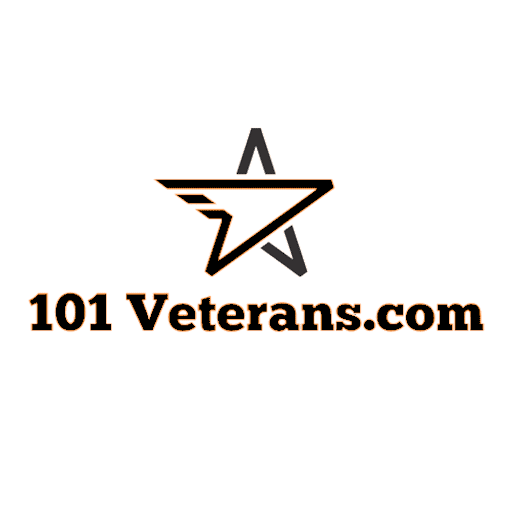Adaptive technologies aimed at improving lives of injured veterans | Military
Giving a blind skier the ability to ski solo and wheelchair-bound paraplegic and quadriplegics the chance to catch a fish are two of the many projects Quality of Life+ and its university and commercial partners are making a reality.
Scott Huyvaert, Quality of Life+ program manager for the Rocky Mountain Region, talked about the nationwide nonprofit and its mission to improve the quality of life for injured veterans and first responders during a veteran roundtable of key leaders hosted by Colorado Springs Republican U.S. Rep. Doug Lamborn last week at Mt. Carmel Veterans Service Center.
The Colorado Springs resident and former Fort Carson-based combat medic said the process begins with an injured individual asking for help.
“We don’t create a problem,” he said. “Our problems are something that someone lives with. It is an actual problem they bring it to us.”
Quality of Life+ currently partners with 17 universities throughout the country including Colorado School of Mines and University of Colorado-Boulder.
The organizations mission is to challenge university STEM students “to create innovative technology solutions that improve the quality of life for injured veterans, first responders, and others who have served our nation.”
“My job is to find the concept, define the concept and make it as clear for the engineering students so that they can make the best product,” Huyvaert said. “All I need is a person and a concept and we’ll make it work. We’ll find the right team and match them with the right school.”
Joel Bach, a mechanical engineering associate professor at Colorado School of Mines, leads roughly 60 seniors annually through a capstone design course in which they focus on creating adaptive sports and recreation equipment in the Human Center Design Studio.
Several years back Quality of Life+ gave the university a grant used to buy 3D printers and equipment for its lab.
Some of the projects students worked on last year include an ice climbing tool for upper extremity amputees, a 3D printed prosthetic foot and a prosthetic speed skate.
“We don’t want to focus on what they can’t do,” Bach said. “We want to focus on what they can do and what they want to do and we try to match those up. That’s our guiding philosophy.
“Veterans have given so much for their country. Some were injured in combat; some were injured in training; and some were injured in general life. So many people who face traumatic injuries think their life is over. We can show them different. That changes their life. That changes their families’ lives.”
Zach Chamberland, a former Fort Carson soldier who tore the rotator cuff near his left shoulder joint, is working with Quality of Life+ to get better arm mobility. He can currently lift his arm slightly above his belly button.
“I had a nerve replacement surgery that didn’t really do anything,” Chamberland said. “So Scott, was like, ‘Okay, let’s build something so you can actually use your rotator cuff and move your arm.’”
The first brace included motors that moved the arm, but it was too bulk. Chamberland isn’t complaining.
“I’ve done some research and there are quite a bit for elbows, wrists, fingers. This is the first one I’ve ever seen for a rotator cuff,” he said.
A second version will be created with a 3D printer.
Other partnerships include Quality of Life+, Virginia Tech students and Paralympians working to create an electromechanical launch devise that allows double and single leg amputees the ability to sprint while competing in bobsled or skeleton.
During the veteran roundtable, Bach also demonstrated how wheelchair-bound individuals can sip and puff or use a joystick to cast and retrieve the line while fishing.
He also demonstrated how a ski vest for visually impaired skiers would work. For skiers, a motor on the left or right side would vibrate like a cell phone, letting the skier known to turn in that direction.
For Huyvaert, seeing injured veterans and first responders outside and active is already a win in his book.
“The part we always hate to talk about is veteran suicide,” he said. “I delt with that a lot when I was active duty.
“At this point I have more friends who have committed suicide than combat deaths. It just sucks.
“If we’re providing a purpose for someone or something to do, that’s all I care about.”
